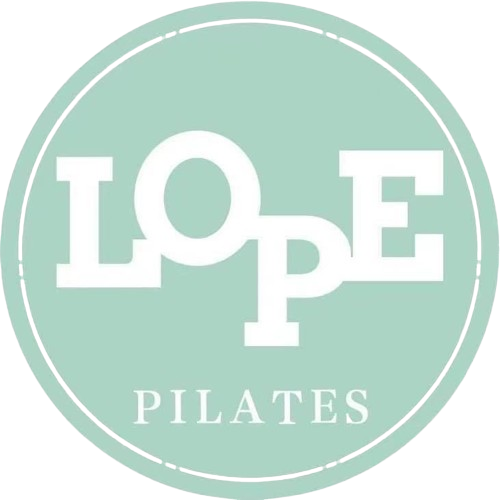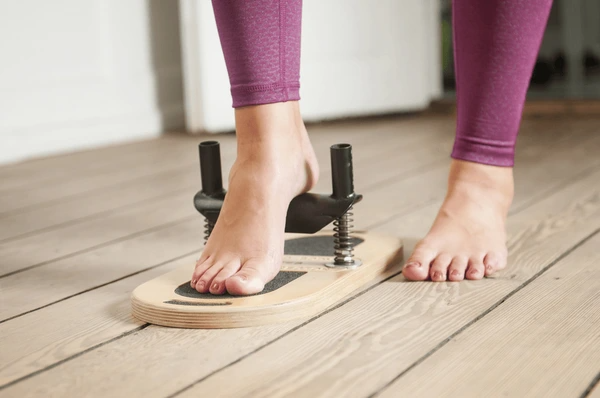Popularized by celebrities, Pilates goes beyond the oversimplified marketing that promotes a "long and lean" figure. Everybody can benefit from Pilates, regardless of gender, age, race, size, ability, or fitness level. Pilates consists of over 600 exercises and variations. Whether you have a sedentary lifestyle, are pregnant, are a weekend warrior, are undergoing rehabilitation, suffer from anxiety, or are a professional athlete, there's something here for everyone. Researchers have shown that Pilates improves the quality of life by reducing depression and pain, particularly Pilates for lower back pain. It is commonly used as a cross-training workout and recommended by doctors to maintain health, prevent injury and aid recovery.
The following 6 Pilates exercises will definitely relieve lower back pain:
1) Pelvic Curl:
One of the first exercises that patients are taught is the pelvic curl. This is a relatively simple and gentle warmup used in Pilates classes for the spine and abdominal muscles. When lying on your back, engage your abs for a pelvic tilt, then curl your tailbone upwards until your body is straight between your knees and shoulder blades. Furthermore, it strengthens the lower body and facilitates coordination between breath and movement. Furthermore, it can be used in a back pain series.
2) Pelvic Tilt or Imprinting:
This exercise activates the deep core muscles and strengthens the spine's support system. It is performed lying flat on your back, knees bent, and feet flat on the floor. When you exhale, lift your pelvis and imagine "tilting" it back to flatten your back or "imprint" your spine. Inhale at the top, and as you exhale, gradually articulate your spine, roll back down one vertebra at a time, flatten your back, and tilt your pelvis forward once more to reach neutral.
3) Single-Leg Lifts:
The single-leg lift involves maintaining a neutral spine position. Those with pelvic instability or a lack of core awareness will benefit from this exercise. In a functional manner, lifting one leg in the sagittal plane while the other is on the mat challenges the core. In addition, it works the abdominal muscles and hip flexors.
4) Chest Lift:
In spite of the exercise's resemblance to a sit-up or crunch, the focus is on stabilizing the pelvis and engaging the transversus abdominis (TrA). It eliminates momentum, pulling, and overuse of the hip flexors.
5) Side Bend:
Side bends are great for strengthening your shoulders, back, and abdominal muscles. Since only the feet and one arm support the rest of the body, it is quite an advanced exercise. In addition, a side bend of the body works the oblique abdominals, quadratus lumborum muscles, gluteus medius muscles, and the muscles of the scapula.
6) Supine Spine Twist:
Anyone with limited spinal mobility will benefit from the supine spinal twist. It strengthens the muscles of the oblique. As a result of the rotation of the exercise, your back muscles are also stretched.
Conclusion:Through Pilates, one can strengthen muscles and improve postural awareness, reducing the likelihood of injury during daily activities. With these above-mentioned exercises, you will be able to reduce your lumbar spine stress and activate your core more effectively.
Are you interested in trying Pilates for lower back pain? With LOPE Pilates's high-quality equipment, you can be assured of functionality, durability, beauty, & cost-effectiveness.






Share:
Pilates Reformer Spring Sets: Everything You Need To Know
Why does Spring Tension on a Pilates Reformer Perform Better than Conventional Weight Training?